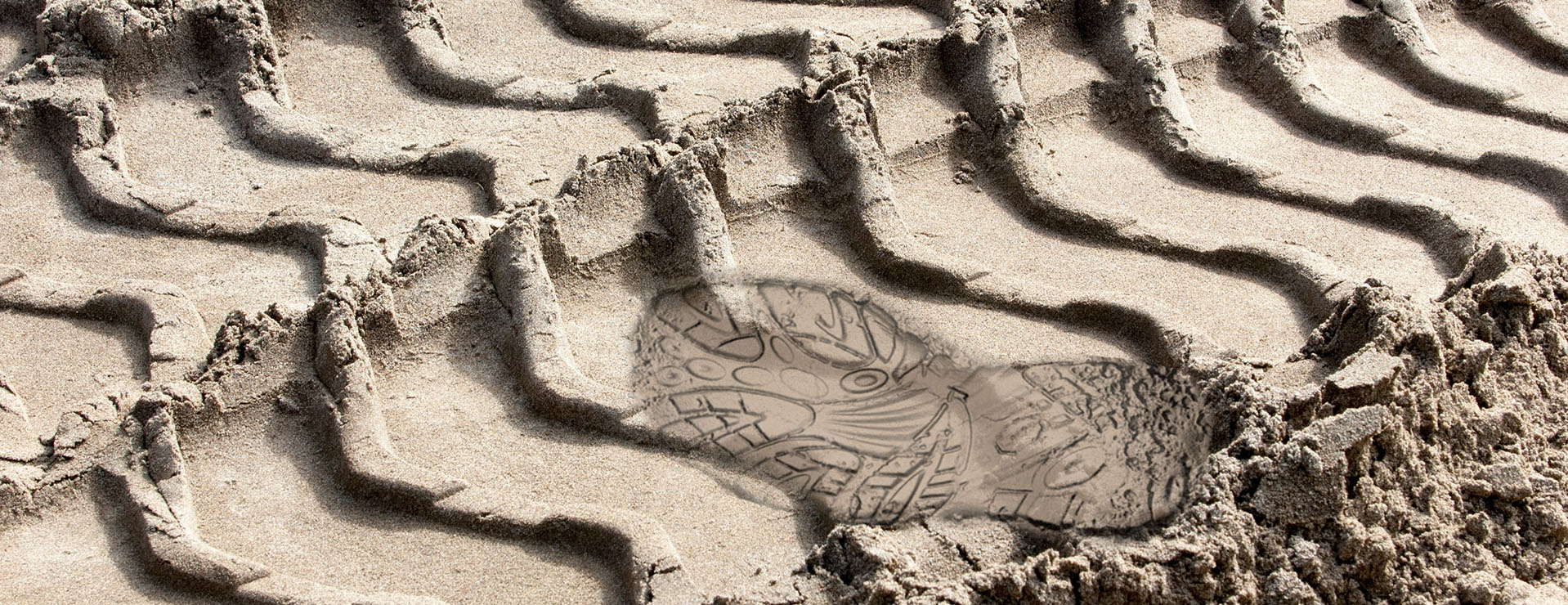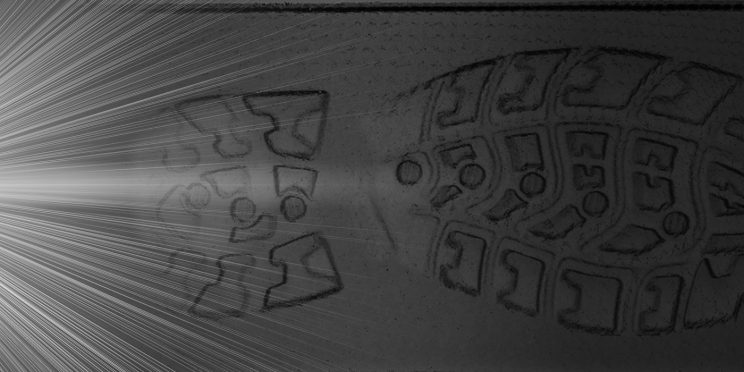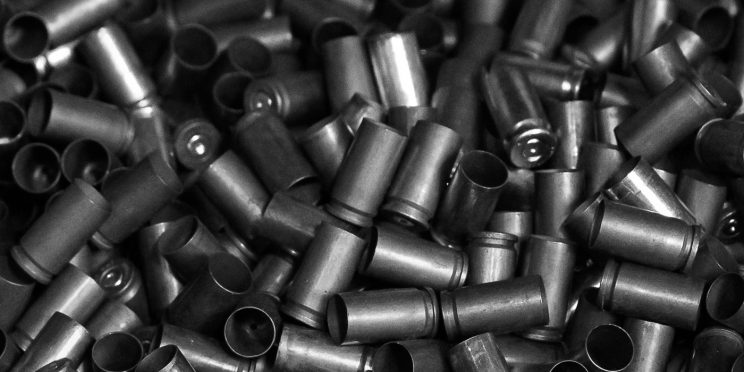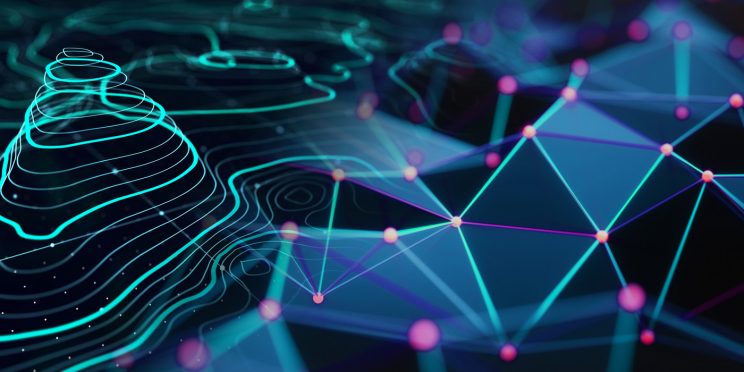This webinar originally occurred on October 23, 2019
Duration: 1.5 hours
Overview
This webinar will explain the principles and capabilities of a fully automated portable system with an easy-to use-graphical user interface (GUI) for shoe and tire impression capture. We have four prototype systems ready to be evaluated by interested examiners or practitioners, providing opportunities for users to interact with the system and provide feedback to further improve the technology.
The entire hardware system includes a digital complementary metal-oxide semiconductor (CMOS) camera, a digital-light-processing (DLP) projector, and a laptop computer. The 3D scanning system is being developed in Professor Song Zhang’s laboratory at Purdue University. The system is calibrated during initial assembly and simply needs to be plugged into an outlet and a laptop via a USB3.0 port for immediate data capture. The camera and the projector are precisely synchronized to allow a sequence of defocused binary structured light patterns to be captured by the camera. The captured images are processed to create a 3D surface map at camera-pixel spatial resolution, and simultaneously record a color image (or texture) that is 100% aligned with the 3D surface using the same camera. The image acquisition takes a fraction of a second, and the automated 3D reconstruction takes a few seconds. 3D data can be immediately visualized on the screen for monitoring capture quality or saved to digital storage media in standard 3D mesh formats (e.g., OBJ, STL, PLY).
The graphical user interface (GUI) includes the camera control, visualization, and data handling modules. The entire GUI was developed with Qt, C++, OpengGL, and OpengCV by Professor Song Zhang’s team with the special emphasis on making the GUI intuitive and easy to use. The camera control module allows a user to manually or automatically adjust camera exposure, and then click a button for 3D image acquisition. The visualization module enables the user to examine the quality of data in both 2D and 3D. This module allows the 3D data manipulation such as zoom-in and zoom-out, rotation, and translation, as well as different visualization mode selections such as shaded, textured, wired or different depth colorization. The data handling module offers data reading and writing, as well as screenshot creation.
The prototype system was designed to capture an area of approximately 14”x10” with a spatial resolution of approximately 137 ppi (pixels per inch). Our team has conducted two workshops, one at 2018 IPTES (Alexandria, Virginia) and the second one at the 2018 IAI Annual conference (San Antonio, Texas). The system has been extensively tested by our team, the workshop participants, a team of forensic examiners from Omaha Police Department, as well as some volunteers. We have received extremely positive comments on the performance and usability of the system from workshop participants and other evaluators.
Detailed Learning Objectives
- Attendees will become familiarized with one advanced 3D imaging instrument specifically for tire and shoe impression capture.
- Attendees will become familiarized with the principle behind such an advanced 3D imaging technology.
- Attendees will learn how to use such an advanced imaging technology for evidence collection.
Presenter
- Song Zhang, Ph.D. | Professor, Purdue University
Related Resources
- FTCOE Webinar: Portable Advanced 3D Imaging for Footwear and Tire Impression Capture
- Evaluation of Purdue University’s 3D Imaging Prototype for Footwear and Tire Impressions
- Success Story: Advancing 3D Imaging for Footwear and Tire Impressions
- Comparative study on 3D optical sensors for short range applications
- Portable high-resolution automated 3D imaging for footwear and tire impression capture
- Development of a Portable 3D Scanning System for Capturing Shoe and Tire Impressions
- Rapid and automatic optimal exposure control for digital fringe projection technique
- Status, challenges, and future perspectives of fringe projection profilometry
- Motion Induced Phase Error Reduction Using a Filbert Transform
- Forensic Science Research and Development Technology Working Group: Operational Requirements
Funding for this Forensic Technology Center of Excellence webinar has been provided by the National Institute of Justice, Office of Justice Programs, U.S. Department of Justice.
The opinions, findings, and conclusions or recommendations expressed in this webinar are those of the presenter(s) and do not necessarily reflect those of the U.S. Department of Justice.
Contact us at ForensicCOE@rti.org with any questions and subscribe to our newsletter for notifications.




